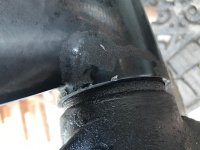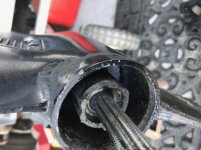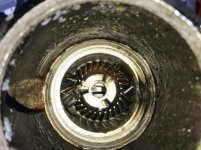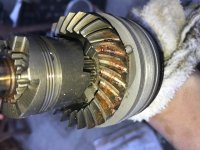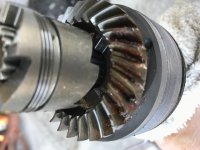addicted2climbing
New member
Hello All,
This is my first post.
I have an 8' addictor boat with a 1989 Mercury 25hp engine with quicksilver side controls. The last time I had the boat in the water was 1994.. long story. Anyhow, I want to get it up and running again and have a few questions. Since it sat for a long time and was not pickled or prepared for this long time, what do I need to look at and replace before I attempt to run it? I bought an impeller assy but I am sure I should replace some seals as well. I have an old paper repair book but would also like to find an online source for the repair manual with color pics. Also the wire harness that has a plug to the quicksilver control is missing. I am unsure what model control I have, but will look into that later this week.
Any advice or online resources on bringing a long sitting motor back to life. Also being a 1989 its essentially only 5 yrs old as it sat since 1994 and still looks pristine under the cover. Lower drive below water line has some peeling corroded paint since it did spend some time in brackish water before I owned it.
Best regards,
Marc
This is my first post.
I have an 8' addictor boat with a 1989 Mercury 25hp engine with quicksilver side controls. The last time I had the boat in the water was 1994.. long story. Anyhow, I want to get it up and running again and have a few questions. Since it sat for a long time and was not pickled or prepared for this long time, what do I need to look at and replace before I attempt to run it? I bought an impeller assy but I am sure I should replace some seals as well. I have an old paper repair book but would also like to find an online source for the repair manual with color pics. Also the wire harness that has a plug to the quicksilver control is missing. I am unsure what model control I have, but will look into that later this week.
Any advice or online resources on bringing a long sitting motor back to life. Also being a 1989 its essentially only 5 yrs old as it sat since 1994 and still looks pristine under the cover. Lower drive below water line has some peeling corroded paint since it did spend some time in brackish water before I owned it.
Best regards,
Marc


